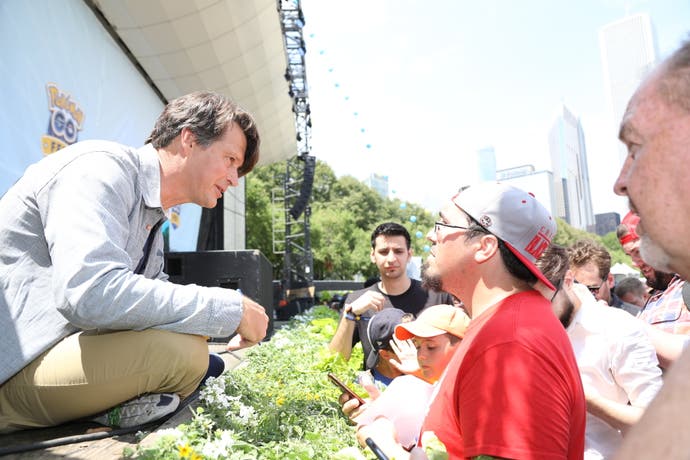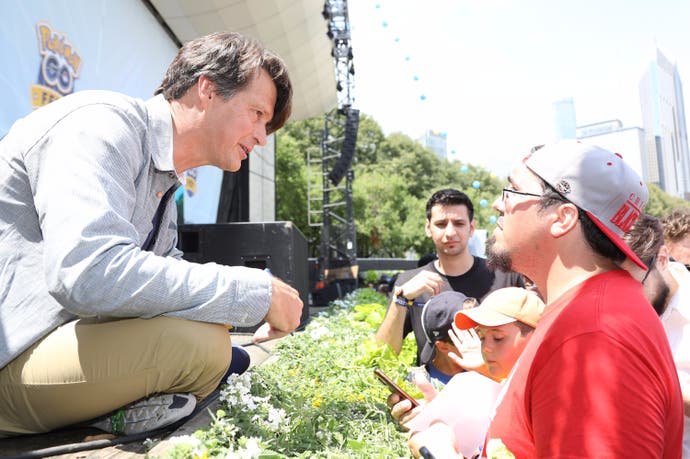Niantic explains what caused Pokémon Go Fest's technical difficulties
"Saturday was not a happy day for us."
Pokémon Go developer Niantic has gone into detail on what caused last weekend's disastrous technical difficulties at Pokémon Go Fest in Chicago.

Our man Matt Reynolds was there on the ground for the whole thing - and said it had undone months of Pokéfan goodwill.
In a blog post penned by Niantic boss John Hanke - who was booed on-stage at the event - Niantic has set out what went wrong and what it did on the day to try and fix the event's problems. Hanke also pledged his company would learn from the experience.
"What happened? Technical issues with our game software caused client crashes and interfered with gameplay for some users," Hanke wrote. In English, Niantic had to fiddle with the game's servers to fix one bug blocking gameplay. It had success with that, but struggled with a second issue which was causing the game to crash.
"A more protracted problem was caused by oversaturation of the mobile data networks of some network providers," Hanke continued - and here's where it gets interesting.
Niantic worked with US network provider Sprint, which has sponsored the game previously, to provide extra support for the event.
Other US networks did not provide the same level of support, but rival provider Verizon has said it wasn't to blame.
"This was not a Verizon issue," a company spokesperson told Business Insider. Contradicting Hanke, Verizon claimed other apps were accessible - and pointed to the problem being solely to do with Pokémon Go.
"Even when attendees were experiencing issues accessing the game itself, other applications like YouTube worked just fine - which indicated the issues were outside of Verizon's control," the spokesperson concluded, "like an issue with the game's server itself". Ouch.
Niantic, however, has said the opposite.
"Many attendees [were] unable to access Pokémon Go or other internet services," Hanke stated. "Network congestion also led to a login issue which affected some users able to access the internet. This latency-related login issue was addressed with a second Niantic configuration change."
Hanke said Niantic had provided "detailed estimates on attendance and required data" to its event organisation team, which had then worked with networks to ensure coverage. "Some" networks provided mobile network towers - but not all.
"Some carriers deployed Cellular on Wheels (COWs) to extend their capacity. In other cases the providers deemed them unnecessary based on other infrastructure already in place at the site. Users reported different levels of success with these providers," Hanke noted.
"Wifi was enabled by one provider as a solution which helped some users but not all. Sprint was onsite as an official partner, deployed a COW, and their network was busy but held up well."
Regardless of who was to blame, Hanke said Niantic would learn from the experience for future events - including those already planned in Japan and mainland Europe over the remainder of the summer.
"Last Saturday was not a happy day for us but we are committed to listening to that feedback, however harsh, to improve what we do," Hanke concluded.









